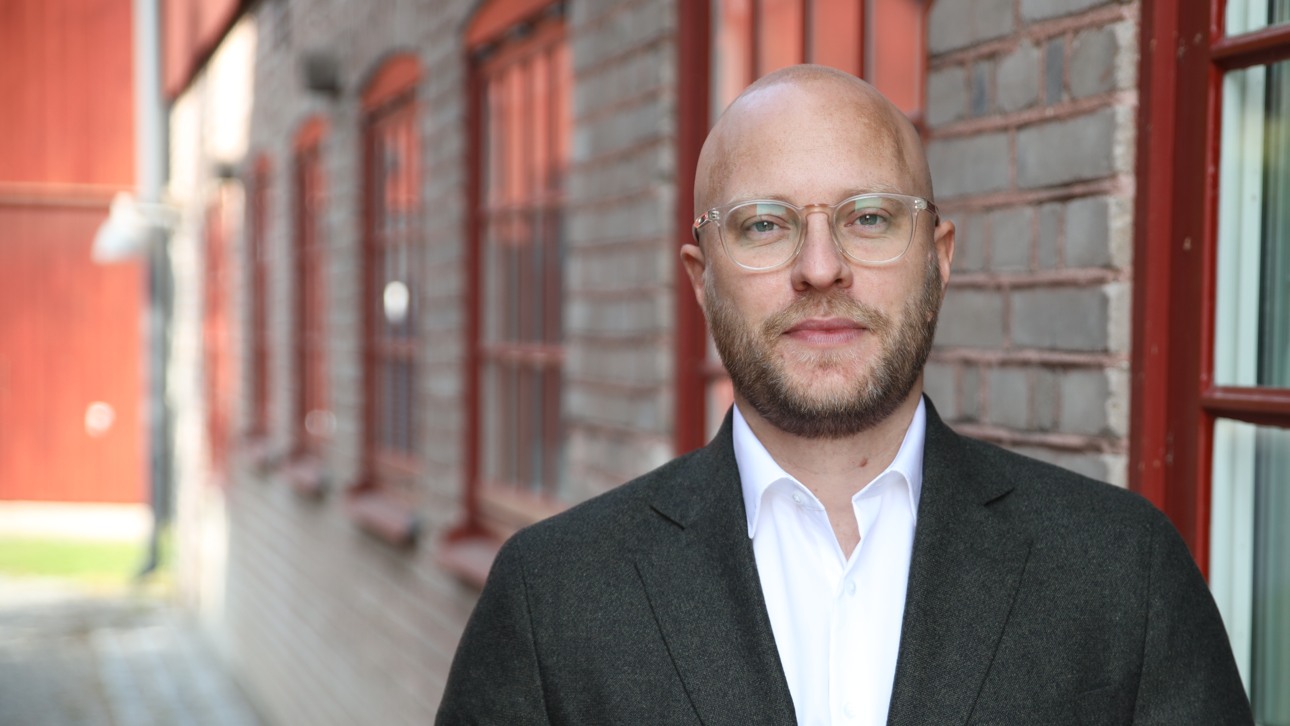Forging partnerships & transferring insights
As Nybom explains, the challenge is gaining an overview of the materials' value chains to pinpoint where sustainable solutions can provide the most benefits. Doing so requires connecting with producers and forging partnerships to learn more about their needs.
It’s a style of innovation that builds new systems and processes with existing infrastructure and capabilities. The most likely solutions include new ways to inventory materials before they become waste — as in still part of a building set for demolition — and data infrastructure that ensures traceability and maximises trust. Nybom admits such components aren’t necessarily technically or scientifically groundbreaking on their own, but points out it can be a different story when they’re combined.
– I would call it “business model innovation,” since we’re exploring novel ways to create, deliver, and capture value, he says. “Ecosystem innovation” is another term that I use a lot these days.
Ultimately, the goal of construction as an area of innovation is to introduce more reclaimed material into the building industry. But there’s another objective that’s more indirect.
According to Nybom, a major reason the Ragn-Sells Group chose to split its development of circular solutions into different areas with different challenges instead of having a single unified approach was to gain a variety of insights into the practicalities of circularity.
– Hopefully, we will learn a lot from this area of innovation and the ways of working will be something that we can do in other areas as well, he says.
